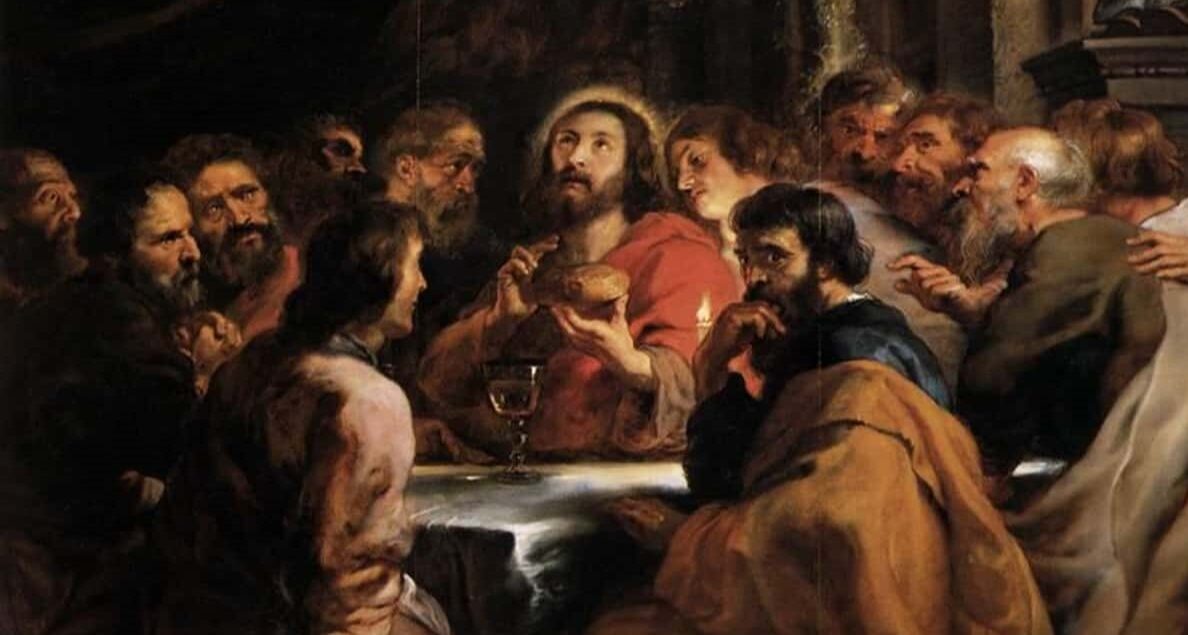The Disciple Whom Jesus Loved
Living and Growing out of Jesus’s Love for Us
As we approach the celebration of the resurrection of Jesus this Sunday, we give special attention today to some pivotal moments in the life of Jesus and his disciples during Holy Week.
Today (Thursday) marks the commemoration known as “Maundy Thursday,” or “commandment Thursday.” On this day, Christians around the world remember how Jesus demonstrated his love to his disciples in the upper room and gave them the commandment to do likewise. Immediately after this command, the Gospel of John describes a scene in which John refers to himself as “the disciple Jesus loved.”
- John 13:23 (NIV): One of them, the disciple whom Jesus loved, was reclining next to him.
John would use this same description four more times in his Gospel (emphasis added):
- John 19:26 (NIV)”: When Jesus saw his mother there, and the disciple whom he loved standing nearby, he said to his mother, “Dear woman, here is your son,”
- John 20:2 (NIV): So she came running to Simon Peter and the other disciple, the one Jesus loved, and said, “They have taken the Lord out of the tomb, and we don’t know where they have put him!”
- John 21:7 (NIV): Then the disciple whom Jesus loved said to Peter, “It is the Lord!” As soon as Simon Peter heard him say, “It is the Lord,” he wrapped his outer garment around him (for he had taken it off) and jumped into the water.
- John 21:20 (NIV): Peter turned and saw that the disciple whom Jesus loved was following them. (This was the one who had leaned back against Jesus at the supper and had said, “Lord, who is going to betray you?”)
This could sound like a statement of pride as if John was saying that he was the disciple that Jesus loved most, or maybe, loved just a little bit more than anyone else. But John is not comparing himself to anyone else. He is only reminding himself that he is beloved of Jesus.
In his book, Soul Keeping: Ancient Paths of Spiritual Direction, author Howard Baker describes John’s first epistle as “his manifesto of love” and says the following:
“These words of love were written some sixty years after John had leaned his head on Jesus, becoming the beloved. He never recovered from the experience . . . When we surrender to the embrace of grace, we relax in knowing we are the beloved of God.”
Baker’s mention of the time John “leaned his head on Jesus” is a reference to the Last Supper in John 13:21-28. John, sitting next to Jesus on one side and Peter on the other, specifically asks Jesus who the betrayer will be. Baker reminds us that after the events of that night, John would never be the same.
When John refers to himself over and over as the “one Jesus loved” toward the end of his Gospel, he is simply reminding himself, again and again, of the marvelous truth that he is beloved of the Father, Son, and Holy Spirit.
As we think of these passages and these experiences in the life of John, let’s ask ourselves: How are we doing in “leaning” on Jesus? How are we doing in learning to “relax in knowing we are the beloved of God?” How are we doing in surrendering to the embrace of grace, even in the context of leading and building our enterprises?
The good news this Easter week, and every single day of our life, is that I am, and you are, beloved.
Verse of the Week:
By God’s grace, let’s live out of a knowledge of his great love for us this week.
